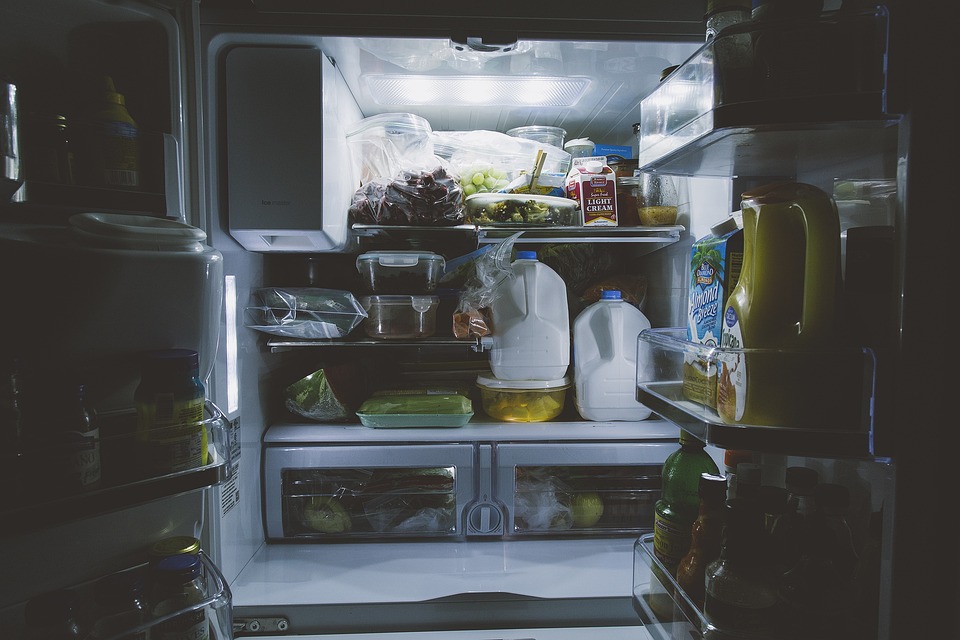Mastering the Art of Refrigeration: How Saturation Pressure and Temperature are Essential for Efficient Cooling and Heating
Saturation pressure and saturation temperature are fundamental thermodynamic properties that are widely used in various engineering applications, especially in the fields of refrigeration and air conditioning. In this blog post, we will discuss what saturation pressure and saturation temperature are and their applications. Saturation pressure is the pressure at which a pure substance changes its state from liquid to vapor or vice versa at a given temperature. It is also known as the vapor pressure or the equilibrium pressure. Saturation temperature, on the other hand, is the temperature at which a pure substance changes its state from liquid to vapor or vice versa at a given pressure. It is also known as the boiling point or the dew point.
 |
| Mastering the Art of Refrigeration: How Saturation Pressure and Temperature are Essential for Efficient Cooling and Heating |
One of the most significant applications of saturation pressure and saturation temperature is in refrigeration and air conditioning systems. These systems use refrigerants, which are fluids that are capable of absorbing heat at a low temperature and releasing it at a higher temperature. The refrigeration cycle involves the transformation of a refrigerant from a liquid state to a gaseous state and back to a liquid state again. This cycle is repeated continuously to provide cooling or heating.
The saturation pressure and saturation temperature of a refrigerant are critical in determining the efficiency and effectiveness of a refrigeration or air conditioning system. The compressor in the system compresses the refrigerant, which increases its pressure and temperature. The high-pressure, high-temperature refrigerant then flows through a condenser, where it releases heat to the environment and condenses back into a liquid. The liquid refrigerant then passes through an expansion valve, which lowers its pressure and temperature, causing it to evaporate and absorb heat from the environment. The low-pressure, low-temperature refrigerant then flows back to the compressor to repeat the cycle.
The choice of refrigerant and its operating conditions, such as saturation pressure and saturation temperature, is critical in determining the performance of the system. If the saturation temperature of the refrigerant is too high, the compressor will have to work harder, resulting in higher energy consumption and lower efficiency. If the saturation temperature is too low, the system may not be able to provide sufficient cooling or heating. In addition to refrigeration and air conditioning, saturation pressure and saturation temperature are also used in other engineering applications, such as chemical process industries, power generation, and food processing.
In conclusion, saturation pressure and saturation temperature are fundamental thermodynamic properties that are widely used in various engineering applications. Their importance in refrigeration and air conditioning systems cannot be overstated. The proper selection of refrigerant and its operating conditions, such as saturation pressure and saturation temperature, is essential in achieving optimal system performance and energy efficiency.



